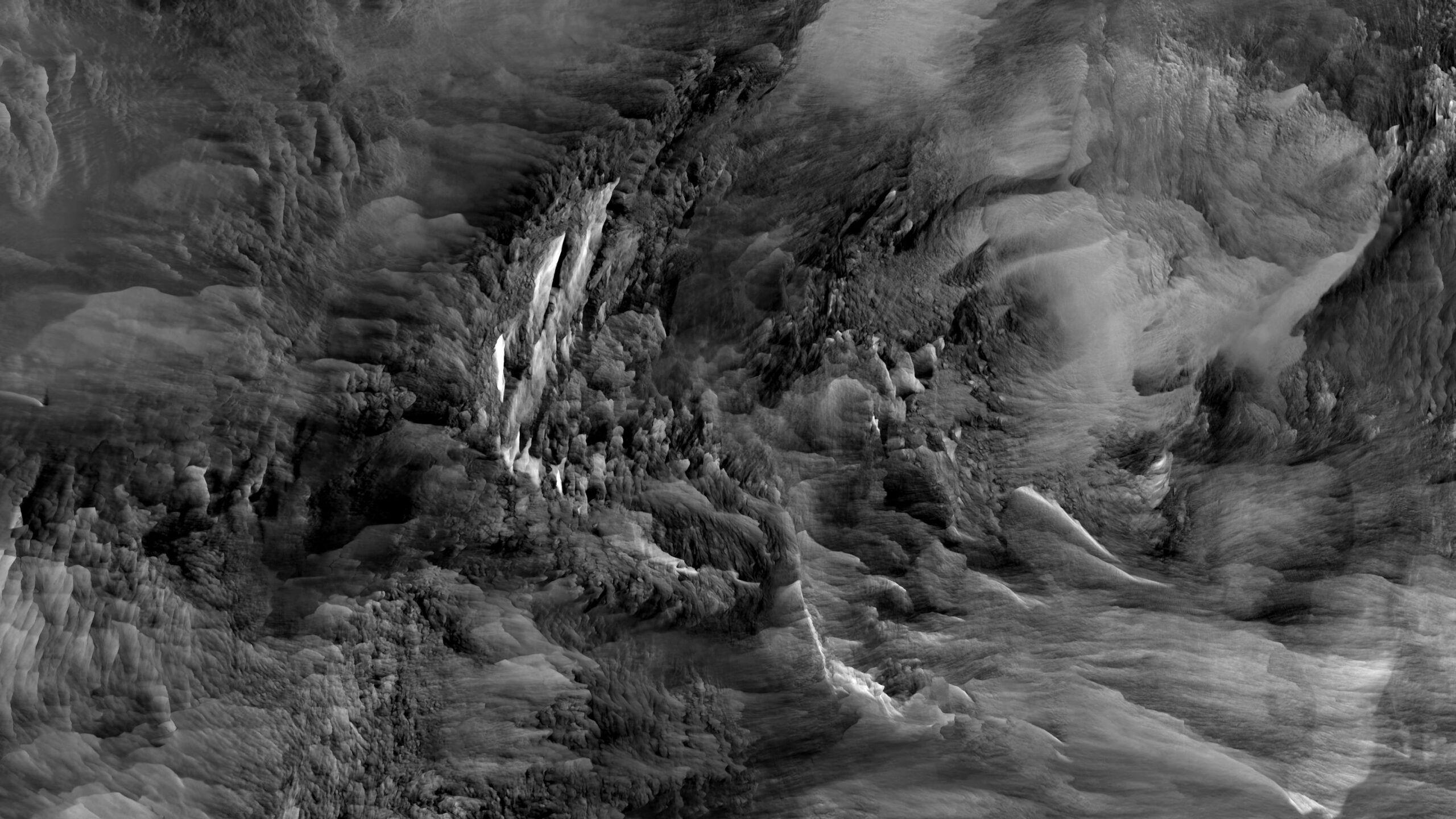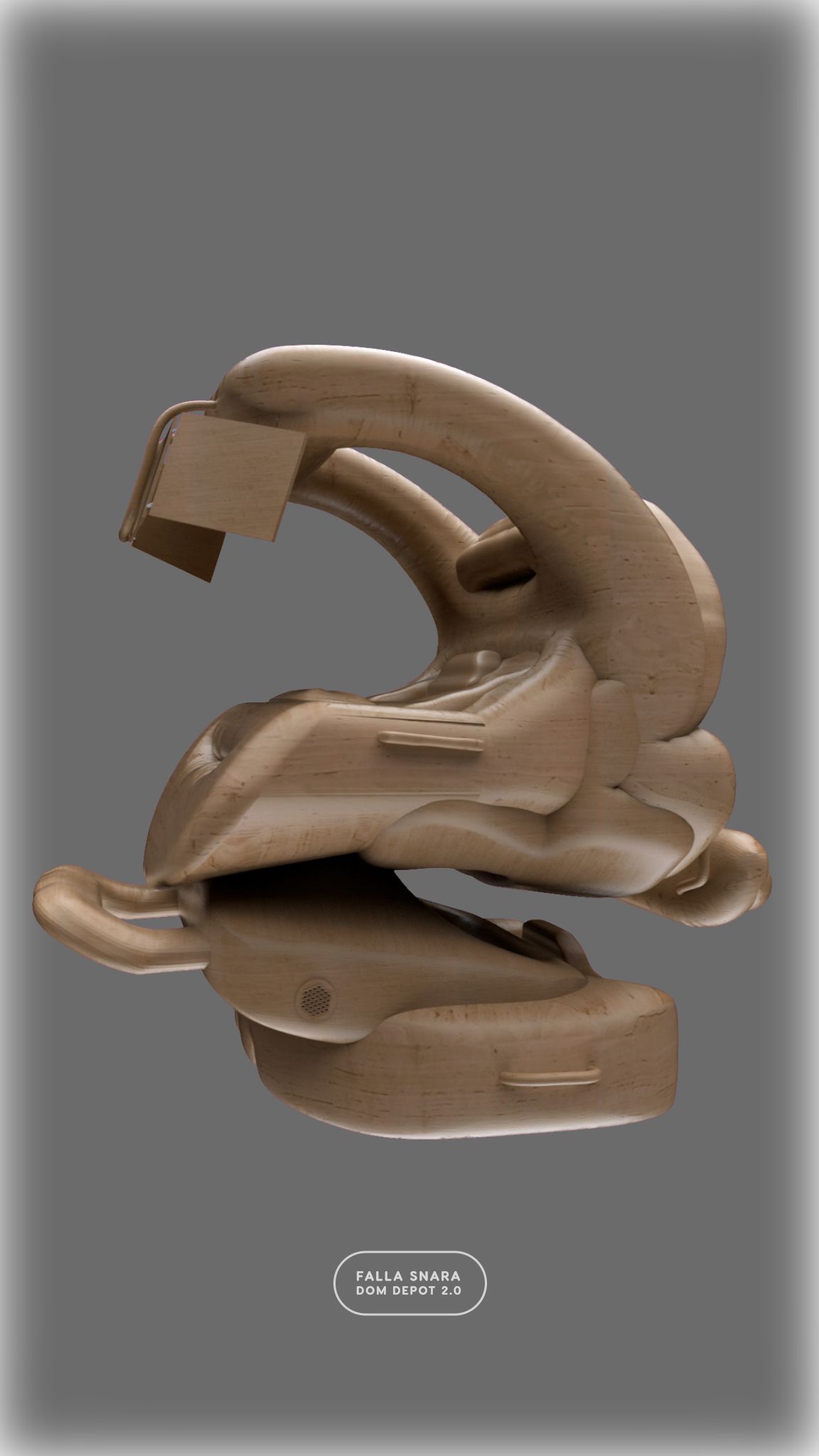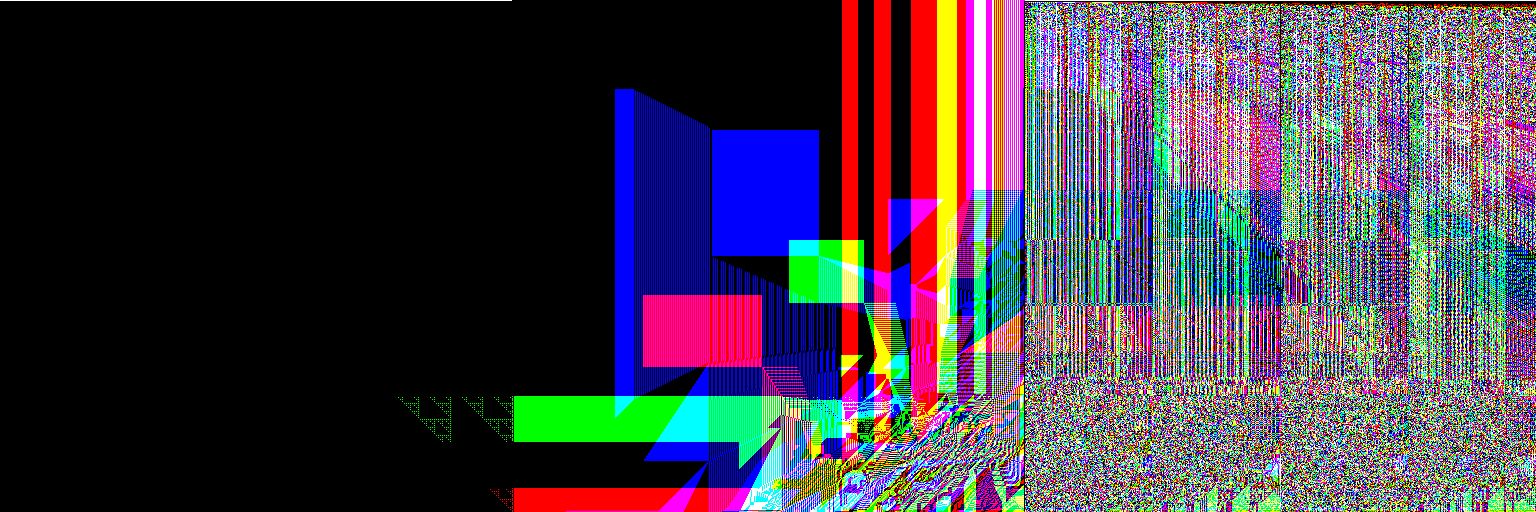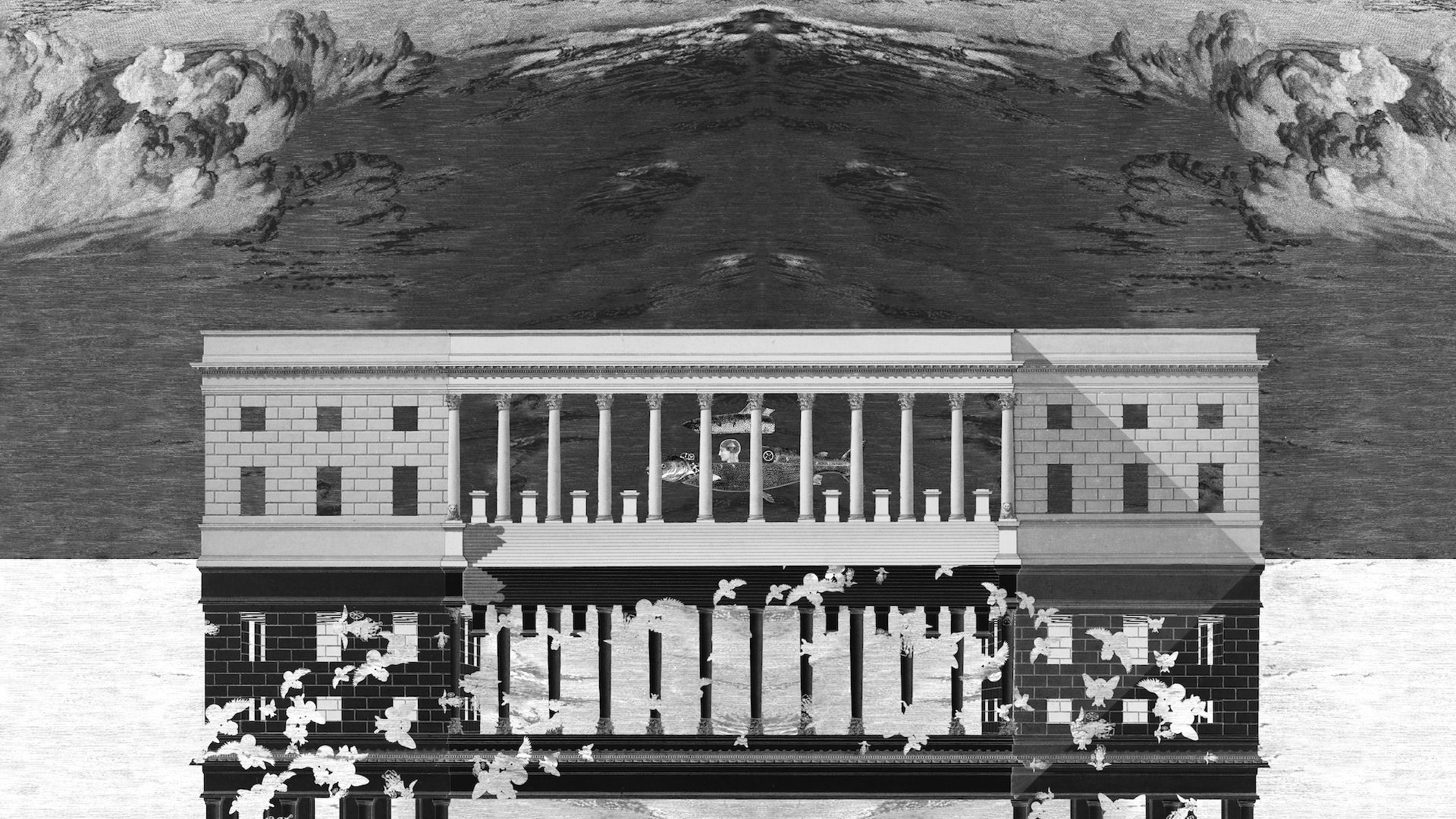-
Salon AR
Salon AR offers 6 artworks to be revealed in the augmented reality.
For full receipt of works, a smartphone or tablet with free app PatchlabAR installed and headphones is be required.HOW DOES IT WORK?
When you click on the selected image, it will open in full screen mode.
Then open the Patchlab AR application on your phone/tablet and point the camera at the image – you will see the activated work on the phone screen. -
An artwork created by Ryoichi Kurokawa – a virtuoso of the sound and image synesthesia- which is based on digital reconstructions of material recorded over the last twelve years in the Middle East and Balkans by Daniel Demoustier – one of the finest photojournalists in the world, covering conflict and disaster in over 100 countries for the major broadcasters such as the BBC or Channel 4. The images depict different viewpoints of situations involved in conflict and war. The graphic net provides a medium through which people can get an inside look at conflicts foreign to their daily lives, creating a unique connection between the viewer and the distant worlds on the other side of the screen.
Commissioned by The Webby Awards, W3C and Web Foundation for the 25th Anniversary of the World Wide Web
Concept, direction, composition, programming: Ryoichi Kurokawa
Filming and sound recording: Daniel Demoustier
Production: Nicolas Wierinck
Produced by Studio Ryoichi Kurokawa
Built on simple feedback systems that create complex textures in both sound and image, the audiovisual composition „Ether” reflects on the impact of emergence on micro- and macroscopic systems.
TTN-AR.01 is part of the Tribute To the Noise series, a chapter of a journey focussing on the behaviour of generative video noise within a contemporary audiovisual format, where it is investigated using continuously evolving and collapsing landscapes. TTN-AR.01 unveils a wide scope investigation into the potentialities of Noise. Originally seen as an unwanted signal, it has here become an actor generating endless results, but whose decisions are nevertheless governed by the medium of the research itself. In the artwork, the notions of study and exercises in style are borrowed from classical painting, to provoke a critical rethinking of the artistic process in the digital discipline: an ongoing co-research with and via the medium.
TTN-AR.01 in the Salon AR manifests itself as a volatile presence, only visible in Augmented Reality, reminding us of the possibilities of encounters when realities overlap.
Animation based on the reinterpretation of the context and form of the contemporary work of the Swedish artist Anna Uddenberg entitled “House Depot”. The author focused her attention on issues related to the remote form of work commonly practiced during the pandemic, on the sense of home comfort, economy of attention and new techniques of employee exploitation, feeling that the furniture used is not designed properly in relation to today’s expectations.
As she says: “So I redesigned Dom Depot, which can become a monument to the future for those who agree to non-standard remote working hours, those who have the so-called “text neck”, those who reluctantly end Fortnite, those who watch series on tape or those who did not return to the office after the pandemic.”Animation based on an original graphic algorithm. As in the relay race, the last image of processing from one algorithm is passed on to the next. Anyone can generate a finite number of generations. Algorithms differ in the effects of their actions, but each of them in the loop draws only from what he has created. The synergistic connection of all in one sequential run changes everything and makes it possible to reach much further abstract spaces.
A surreal journey combining parallel realities which, appearing to be similar to each other, like an image in the mirror, differ from each other, are different and autonomous, with their own order of events taking place in their own right and in their own microcosm. These two sides of the mirror are like two perspectives of human perception – on the one hand, the image of the real world, on the other, the dreamlike world of imagination, thoughts and dreams.





 Ten serwis używa plików cookies, czyli tak zwanych ciasteczek. Dalsze korzystanie ze strony oznacza, że zgadzasz się na ich użycie.OK
Ten serwis używa plików cookies, czyli tak zwanych ciasteczek. Dalsze korzystanie ze strony oznacza, że zgadzasz się na ich użycie.OK

